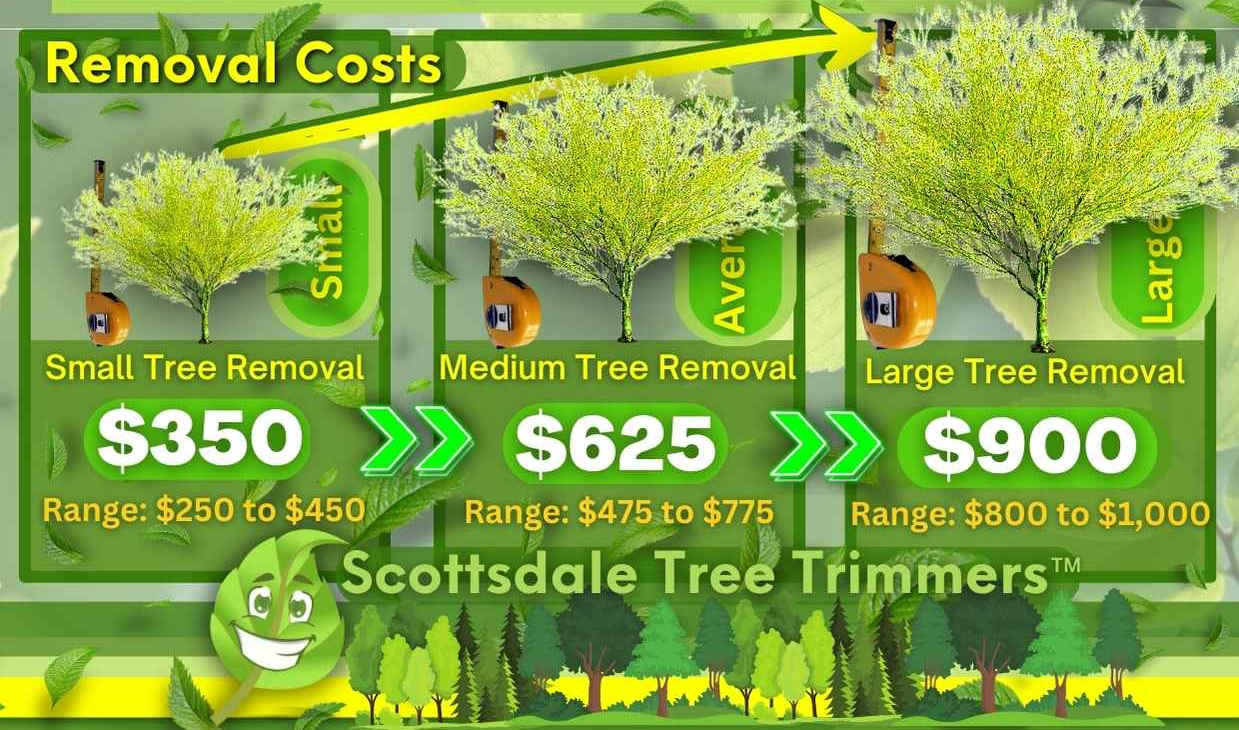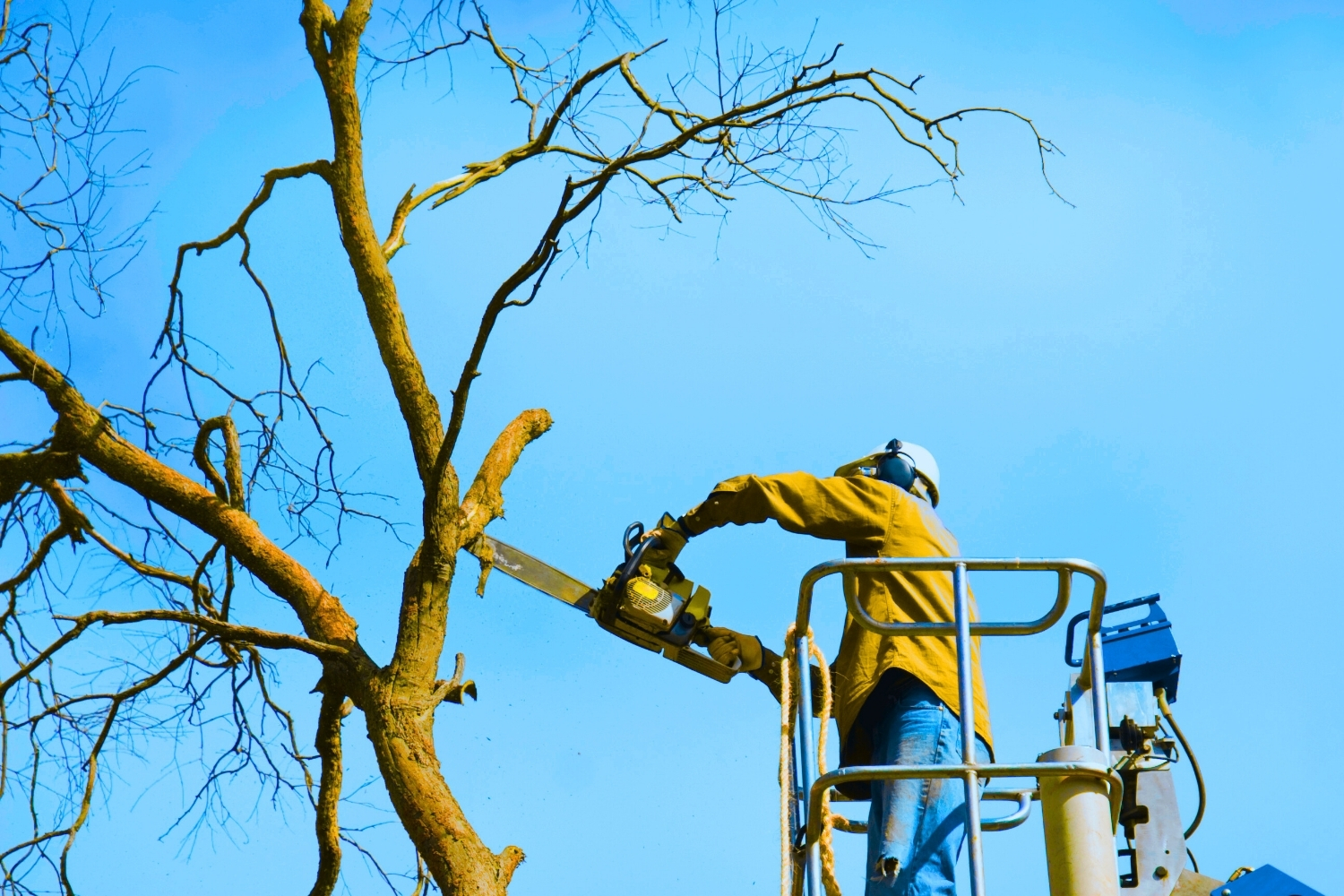Featured
Table of Contents
- – South Farmingdale, NY Tree Removal Common Ques...
- – Complete Guide To Tree Removal Prices In South...
- – South Farmingdale, NY Tree Service Billing Op...
- – How Much Will An Stump Grinding Cost Me In So...
- – South Farmingdale, NY Tree Trimming Cost Comp...
- – South Farmingdale, NY: Standard Tree Trimming...
- – South Farmingdale, NY Tree Clearing Cost Ranges
- – Expected Costs For A Tree Removal In South F...
- – Leading Arborist Companies In South Farmingd...
- – Emergency Stump Removal Prices In South Farm...
- – South Farmingdale, NY Tree Clearing Service ...
- – South Farmingdale, NY Tree Cutting: What To ...
- – South Farmingdale, NY Stump Removal: Hourly ...
- – South Farmingdale, NY Arborist Estimate Cost
- – South Farmingdale, NY Tree Service Relocatio...

The subsections below supply more detailed information about prices, including a typical variety for each. TypeAverage Elimination CostPineConiferPalmMagnoliaArborvitaeAshCedarSweet GumEucalyptusSycamoreCypressOakMaplePoplar You can expect to pay in between to remove a pine, depending upon its size. Removing a pine is one of the more budget friendly tasks unless it is one that has actually been around for years and is quite large.
South Farmingdale, NY Tree Removal Common Questions
Pines also have a tap root that grows deep into the soil, which can show to be harder to eliminate. The procedure itself involves a specialist cutting the tree, clearing the base, cutting the surface roots, getting rid of the stump, and finally dealing with the soil. Without an expert hand, you run the risk of leaving pine seedlings behind, which will fall from the roots of distressed pines.
Complete Guide To Tree Removal Prices In South Farmingdale, NY
The U.S. nationwide average for conifer elimination is approximately to have the conifer lowered, transported away, and the stump ground or gotten rid of totally. Conifers are normally easier to remove, and although they can grow quite tall, they do not cost a fortune to remove. Conifers consist of pine, spruce, fir, and juniper trees.
South Farmingdale, NY Tree Service Billing Options
While conifers are beautiful, they kill native plants and specific types of yard (tree cutting). The typical rate of palm elimination depends on the height as much as the type, varying from.
How Much Will An Stump Grinding Cost Me In South Farmingdale, NY?
That is why it is necessary to know which type you are removing. While you do not require an herbicide to kill a palm tree, there are some actions your removal professional will have to take to ensure the job is done properly. There are 2 ways they can eliminate them: by chopping them down or digging them up.
South Farmingdale, NY Tree Trimming Cost Comparison Guide
This is because little animals like rats and scorpions typically live in them. Plus, many types will have spikes, too. From there, they remove the actual tree and after that the stump. Expect to pay in between to remove this kind of tree, depending upon the exact size and information of the task.
South Farmingdale, NY: Standard Tree Trimming Costs
There are 3 types: green, white, and black ash. With its gray-tinged bark, its leaves are green or purple in the spring and golden yellow or purplish-red in the fall.
South Farmingdale, NY Tree Clearing Cost Ranges

Due to the variation in height, the elimination price variance is broad from. A coniferous, evergreen tree, the cedar is a durable types.
Expected Costs For A Tree Removal In South Farmingdale, NY
The growth of incorrect cedars differs from 50 feet up to 230 feet high. With star-shaped leaves and stunning fall colors, the sweet gum is considered a medium to large tree.
Leading Arborist Companies In South Farmingdale, NY: Pricing
Typically, it costs in between to eliminate a eucalyptus. Eucalyptus are not common all over, however they are quite large compared to others, which is why even the smaller ones are so expensive to eliminate.
Emergency Stump Removal Prices In South Farmingdale, NY
There are a handful of methods to do this, including burning, pulling, grinding, or killing them with herbicide. Anticipate to pay between to eliminate sycamores, based upon the height, trunk size, and amount of work included. Sycamores are one of the largest wood trees, usually varying from 60 to 100 feet tall and as wide as 15 feet.
South Farmingdale, NY Tree Clearing Service Costs
The very first 2 actions will expose the within the tree and cut off the flow of nutrients up the trunk. From there, a professional uses herbicide to eliminate the tree and lower the trunk. They will eliminate the stump. Otherwise, new sprouts may grow from it. Lowering and removing a mature cypress might cost as much as.
South Farmingdale, NY Tree Cutting: What To Budget
There are several types of Cypress trees, but the most widespread are the Leyland, Arizona, Bald, and Italian. The Bald Cypress grows in swampy or very moist locations while the others delight in a dry, warm, or hot climate (tree service). They can grow as tall as 80 to 100 feet tall
South Farmingdale, NY Stump Removal: Hourly Rates

Prone to illness, the Cypress is among the most valued woods for furniture. The typical oak grows to around 60 feet, and depending upon the complexity of the removal, it costs approximately to remove. The precise size of your oak and the effort required to fell it impact what you will really spend for removal in addition to any additional services like stump grinding.
South Farmingdale, NY Arborist Estimate Cost
Access to the trees and the roots will likewise impact the total cost. Maples can quickly grow up to 100 feet or more and generally expense in between to get rid of from your home. The final cost depends upon the real height and complexity of the job. Maples are normally among the more costly trees to eliminate due to the fact that of their size and the work included in the removal.
South Farmingdale, NY Tree Service Relocation Costs
Poplars are giants of the types. Growing as high as 90 to 115 feet, these massive lumbers are generally discovered in The United States and Canada and include the aspen, cottonwood, and balsam trees. Boasting an expansive root system, poplars can be costly to remove when totally grown. The procedure to eliminate trees includes all the trimming and cutting of the branches and trunk, bringing it down to a stump.
Table of Contents
- – South Farmingdale, NY Tree Removal Common Ques...
- – Complete Guide To Tree Removal Prices In South...
- – South Farmingdale, NY Tree Service Billing Op...
- – How Much Will An Stump Grinding Cost Me In So...
- – South Farmingdale, NY Tree Trimming Cost Comp...
- – South Farmingdale, NY: Standard Tree Trimming...
- – South Farmingdale, NY Tree Clearing Cost Ranges
- – Expected Costs For A Tree Removal In South F...
- – Leading Arborist Companies In South Farmingd...
- – Emergency Stump Removal Prices In South Farm...
- – South Farmingdale, NY Tree Clearing Service ...
- – South Farmingdale, NY Tree Cutting: What To ...
- – South Farmingdale, NY Stump Removal: Hourly ...
- – South Farmingdale, NY Arborist Estimate Cost
- – South Farmingdale, NY Tree Service Relocatio...
Latest Posts
Burkburnett, TX Tree Removal Red Flags: Pricing Edition
Best Affordable Stump Grinding In Lynwood, IL
Lewisburg, TN Arborist Price Transparency
More
Latest Posts
Burkburnett, TX Tree Removal Red Flags: Pricing Edition
Best Affordable Stump Grinding In Lynwood, IL
Lewisburg, TN Arborist Price Transparency